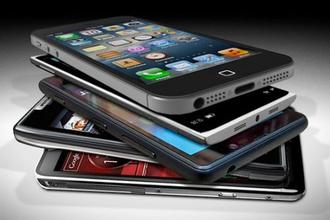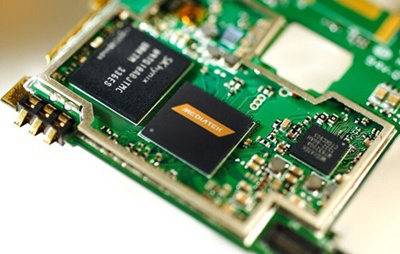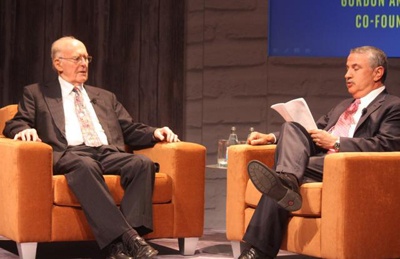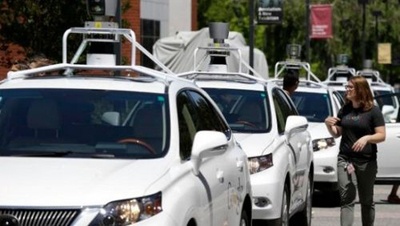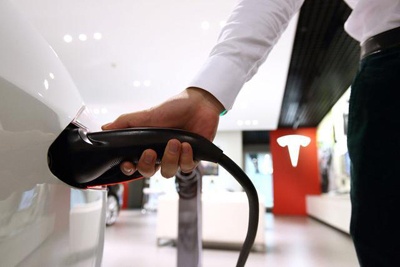Today's core language On May 12th, according to Taiwan’s “Central News Agency†report, at the new product launch conference held by MediaTek in the afternoon, senior deputy general manager Zhu Shangzu announced the launch of the 10-core chip Helio X20, which is expected to be delivered in the third quarter, equipped with Helio X20 smartphone. Will be listed at the end of this year. For more information on technology, please pay attention to the daily electronic core morning newspaper. First, the processor 1, AMD: 20nm process ARM and APU processor is likely to no longer mass production. TSMC's 20nm process is preemptive for mass production from other manufacturers. The process is more suitable for low-power processors. Apple's A8 has a 13% reduction in core area when the transistor size is doubled than A7. AMD originally planned a number of processors based on 20nm technology, such as ARM architecture Amur (Amur) quad-core, X86 architecture Nolan APU, etc., but now AMD has adjusted its strategy, CEO Su Zifeng believes that AMD's 20nm process The product is likely to not be mass-produced. Anyway, in 2016, AMD will turn to the FinFET process. 2. MediaTek launched the Helio X20, a 10-core chip, which was launched at the end of the year . [TechWeb Report] On May 12th, according to Taiwan’s “Central News Agency†report, at the launch of a new product launch in the afternoon of MediaTek, senior deputy general manager Zhu Shangzu announced the launch of the 10-core chip Helio X20, which is expected to be delivered in the third quarter, equipped with Helio The X20 smartphone will be available by the end of this year. Zhu Shangzu said that the biggest breakthrough of the Helio X20 is to adopt a three-cluster processor architecture. In the large and small core architecture, a medium core is added, with a total of 10 cores. Among them, there are two 2.5GHz Cortex-A72s in the large core, four 2GHz Cortex-A53s in the core, and four 1.4GHz Cortex-A53s in the small core. Zhu Shangzu said that in addition to better performance, the three-cluster architecture processor can reduce power consumption by up to 30% compared to traditional dual-cluster architecture processors. It is reported that the Helio X20 is based on 20 nanometer process technology and will be advanced to 16 nanometers next year. Second, virtual reality 1. Foreign media: The virtual reality glasses Oculus Rift will be released in 2016. China Network May 12, according to Spanish media reported on May 11, the market launch time of the virtual reality glasses (Oculus Rift) designed by the immersive virtual reality technology company (Oculus VR) has been confirmed, the company has been by the American company (Facebook) acquired at a total price of approximately $2 billion. Through its official blog, the company announced that the Oculus Rift will begin shipping in the first quarter of 2016 and will begin accepting orders at the end of this year. 2. The future at your fingertips: Virtual reality technology will develop at a high speed. According to a report by Reuters on May 12th, people wearing a helmet in the living room can feel the activities of any place in the world, just like immersive. This is the virtual reality technology. This technology has always been regarded as the next major event. But reality seems to often stem from it. The high cost and size of equipment is a problem that this technology has faced for many years. The recent problem is that the lack of commercial equipment leads to less software investment. The situation may have changed now. Oculus, a virtual reality technology company that was acquired by Facebook for $2 billion last year, said this week that the Rift helmet consumer version will begin shipping in early 2016, sparking expectations that virtual technology software investment may take off. Third, the semiconductor 1. Moore: Moore's Law can still be effective for 10 years. Consumers familiar with computers and IT know that there is a Moore's Law in the hardware and semiconductor fields. That is, every one and a half or two years, the number of components integrated on a chip per unit area will double. This year marks the 50th anniversary of the birth of Moore's Law. At a commemorative event a few days ago, Gordon Moore, the inventor of Moore's Law, said that the vitality of this law can last for five to ten years. Intel co-founder and honorary chairman Gordon Moore (picture from CNET) Fourth, intelligent hardware 1. Apple has added a new patented iPhone or uses screen overlay technology. According to foreign media reports, Apple recently applied for a new patent to solve the technical solution of small-size screens to transfer hidden pictures or materials to a readable machine. Apple's patent documents show that the iPhone can use multiple display screen overlays, one for human eye recognition and one for implicit information. At the beginning of this year, Apple passed another patent. Users only need to store fingerprints on an Apple device to unlock other Apple devices and even complete the payment process. iCloud can push user-related data to a second iOS device, such as an Apple tablet, to verify and perform different system operations. 2, Pass iPad Pro supports Force Touch touch technology. Despite the news that the iPad Pro will not be released until next year, this has not affected the continued exposure of this Apple tablet. A few days ago, Korean media Korea IT News quoted sources from the supply chain as saying that Apple began this week to ask LG Display, Samsung Display and Japan Display to provide samples of silver nanowire materials. At the same time, because this new material can better detect the pressure of the user's fingers, it also means that the iPad Pro will support Force Touch technology. Fifth, automotive electronics 1. The fuel cell camp ridiculed by Tesla has supporters. Is buying a pure electric Tesla, or a Toyota that buys a fuel cell? This long-argued topic about the future direction of electric vehicles has a new reference. According to insiders, Toyota and Mazda are negotiating plans to share fuel cells and Chuangchi Blue Sky power technology to meet increasingly stringent emission standards and cut corporate costs. In this way, the camp supporting fuel cell technology has expanded. At present, in the field of new energy vehicles, the three major technology camps are pure electric technology, plug-in hybrid power and hydrogen fuel cell technology. Tesla, which everyone likes to see, is a fan of pure electric vehicles, while Toyota is a strong supporter of fuel cell vehicles. Most of the other manufacturers are practitioners of plug-in hybrids. 2. Google driverless car test: 11 traffic accidents occurred within 6 years. On May 12th, Google revealed on Monday that it has caused 11 minor accidents since the company began testing its driverless technology six years ago. Chris Urmson, head of Google's driverless car program, said all 11 accidents were small, causing only "mild damage, no injuries" and a total length of 1.7 million miles ( In the test of about 2.74 million kilometers), the total length of driving in the driverless mode was nearly 1 million miles (about 1.61 million kilometers). He also pointed out: "No one of these accidents was caused by driverless cars." Sixth, charging technology 1, good news! Tesla will be fully compatible with China's national charging standard. US electric vehicle manufacturer Tesla has announced that the company is actively participating in the formulation of China's new charging standards, and will modify its vehicles to adapt to the electric vehicle charging standards in the Chinese market. Tesla said on its official website in China that the company will fully support the establishment of China's charging standards and adapt its vehicles to the standard when it is officially implemented. At the same time, Tesla will also provide conversion equipment for the sold vehicles to be fully compatible with the new national standard. In addition, concerns about whether Tesla Motors can successfully access domestic charging infrastructure will be alleviated in the next few years.
· Backup Camera Blind Spot Camera When Parking Backing Reversing Your Trailer to Get Decent Image Quality to Make Your Reversing More Confident and Safety.
· Rear View Backup Camera and Monitor Kit : Waterproof Camera With Infrared Lights and HD Sensor & Night Vision.
· Reverse Backup Car Dash Security Sensor Camera For Trucks RV , Will Offer Much Safety Drive With It ,Extra Eyes on Trucks Behind and Side.
·
Quad Backup Camera Monitor System Backup Camera Monitor,Quad Backup Camera Monitor System,Quad Split Monitor,Wired Quad View Monitor Shenzhen Sunveytech Co.,LTD , https://www.sunveytech.com